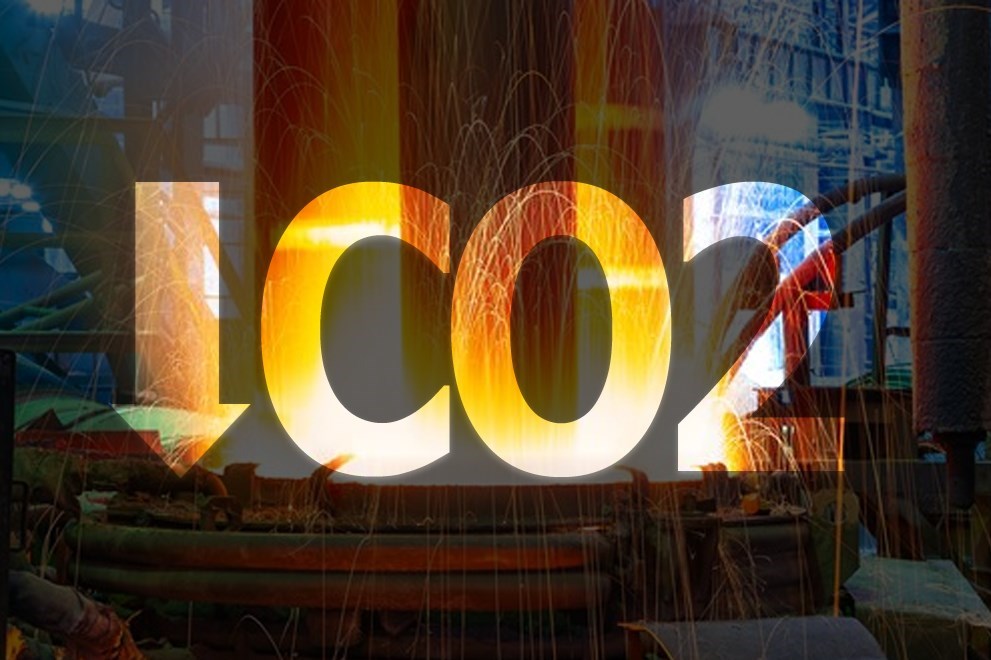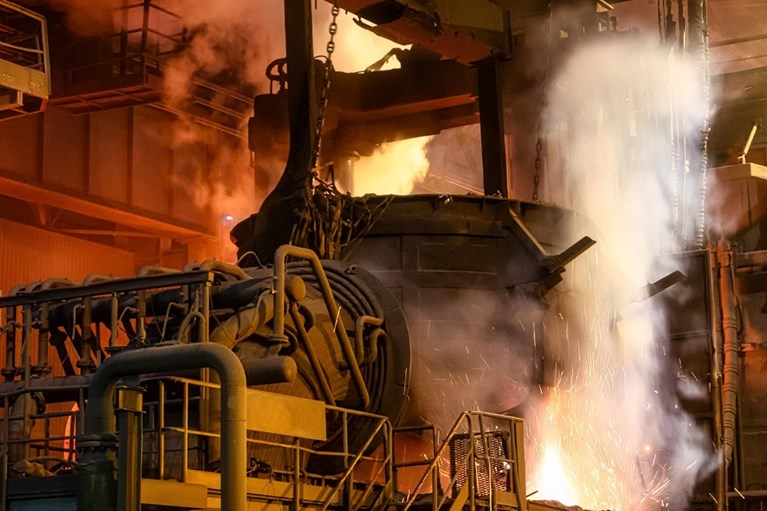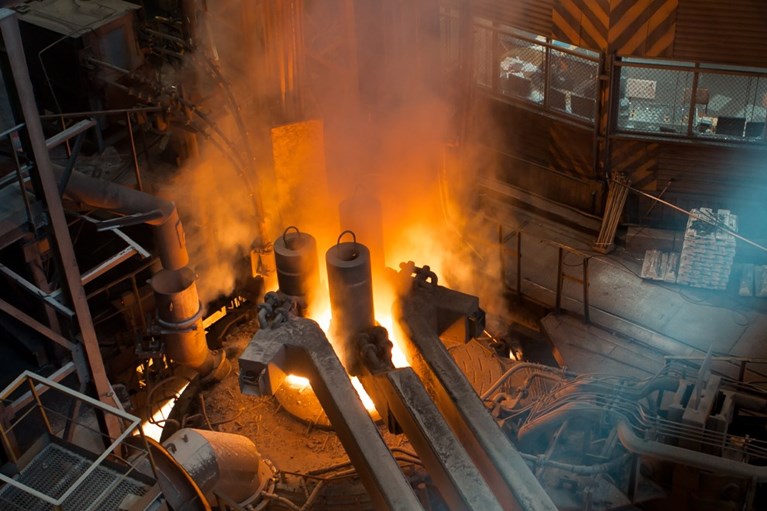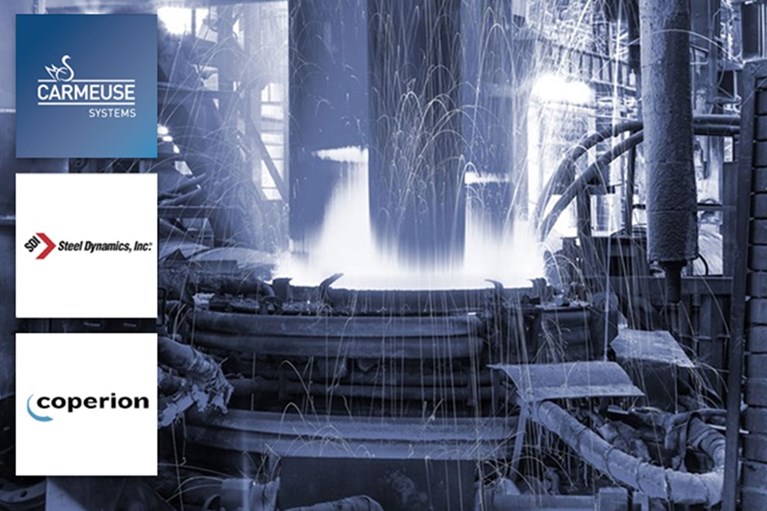
Reduce CO2 Emissions with Lime Injection
Lime injection can support your sustainability goals by helping mitigate CO2 emissions in your steel shop. As global environmental concerns grow, adopting lime injection is becoming the preferred application for responsible EAF steel production.
- Saving Lime & Reducing CO2: By operating in a closed-loop environment, lime injection allows for greater lime utilization and reduces baghouse losses, decreasing overall lime consumption (approximately 7-15%) and lowering CO2 emissions.
- Increasing Energy Efficiency: Lime injection technologies enable more efficient and accurate flux dosing. This can lead to process improvements, better control of slag viscosity and reduced power-on time. The resulting energy savings (process electricity and fuel consumption) can have a ripple effect, lowering CO2 emissions.
- Extending the Life of Consumables: The efficient use of lime and dolime can extend the lifespan of refractory linings and electrodes, reducing consumable expenses and impacting CO2 emissions. Overall, more efficient use of consumables contributes to a greener steel industry.
For more on how lime injection technologies can contribute to your sustainability goals, hear from from Eric Schons, Innovation Center Lab Supervisor.
Related Blogs

September 04, 2024
Reducing Dust in the Shop: How Lime Injection Improves Safety
Adding lime to the bath using scrap buckets, top charged bags or conveyors can pose environmental and safety hazards.

August 20, 2024
Three Ways Lime Injection Reduces Costs
Lime can have a significant impact on steel quality, metallurgical properties, productivity, and the total cost of production

July 29, 2024
Successful Lime Injection System Installation at SDI Pittsboro
Carmeuse Systems is proud to announce the installation of state-of-the-art high calcium and dolomitic lime injection systems for Steel Dynamics, Inc. at their Pittsboro, IN location.
